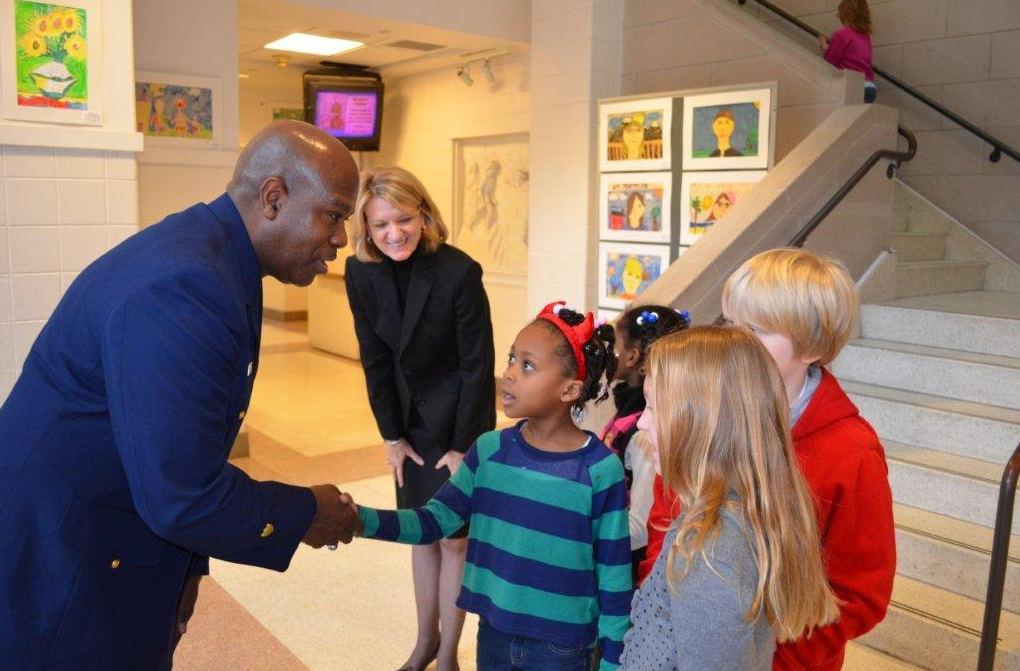Advice on how to improve schools is a dime a dozen. Teach math earlier. Start the school day later. Read more books. School year round. And the list goes on.
All these suggestions are worth a try and may prove to be quite helpful. But do they treat the symptoms rather than one of the main problems in education today?
That question occurred to me after reading about Mariama Carson, a principal at Global Prep Academy in Indiana. According to Chalkbeat, Global Prep was listed as failing less than two years ago. Ms. Carson’s leadership, however, has helped the school to boost test scores and get back on the road to success. A key part of that success seems to be Ms. Carson’s commitment to servant leadership:
“Carson offered an unusual piece of advice for other principals: Keep teaching. Principals are supposed to help teachers improve, so they need to practice those skills themselves, she said.
‘I think a lot of principals get comfortable in offices and doing paperwork,’ she said. ‘But you got to know the grind of a classroom, and you have to feel that tension between managing the kids and also teaching the skills.’”
Although Ms. Carson’s advice seems fresh and original to modern ears, it actually echoes previous advice given to school administrators. In an 1894 document written for the public schools of San Francisco, principals were soundly advised to:
“Put yourself in the place of your assistants, and allow them the freedom you want for yourself. It is quite probable that all assistants together know as much about teaching as any one Principal knows. Uniformity in essentials, but diversity in particulars, should be the rule.”
One has to wonder if this is a major reason why today’s public education system is continually treading water. Statistics show that there has been increasing emphasis on school administrative positions in recent years both at the school and district levels. As the chart below shows, since 1980, principals have increased by more than 60 percent, while school district administrators have increased by 88 percent. Teachers, on the other hand, have only increased by 43 percent in that same time period.
 Could such an increase indicate a deeper disconnect between those at the top of school structure and those in the trenches? If those at the top were more ready to step into the shoes of those in the classrooms, as demonstrated by Mariama Carson, would we make greater strides toward innovation and education that would actually meet the needs of the children in the desks?
Could such an increase indicate a deeper disconnect between those at the top of school structure and those in the trenches? If those at the top were more ready to step into the shoes of those in the classrooms, as demonstrated by Mariama Carson, would we make greater strides toward innovation and education that would actually meet the needs of the children in the desks?
[Image Credit: U.S. Coast Guard]















